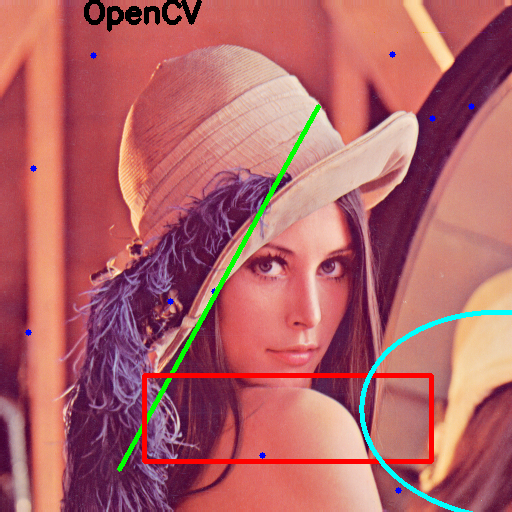OpenCV has simple and clear way to handle input from a keyboard. This functionality is organically built into the cv2.waitKey function. Let's see how we can use it.
-
Book Overview & Buying

-
Table Of Contents

OpenCV 3 Computer Vision with Python Cookbook
By :

OpenCV 3 Computer Vision with Python Cookbook
By:
Overview of this book
OpenCV 3 is a native cross-platform library for computer vision, machine learning, and image processing. OpenCV's convenient high-level APIs hide very powerful internals designed for computational efficiency that can take advantage of multicore and GPU processing. This book will help you tackle increasingly challenging computer vision problems by providing a number of recipes that you can use to improve your applications.
In this book, you will learn how to process an image by manipulating pixels and analyze an image using histograms. Then, we'll show you how to apply image filters to enhance image content and exploit the image geometry in order to relay different views of a pictured scene. We’ll explore techniques to achieve camera calibration and perform a multiple-view analysis.
Later, you’ll work on reconstructing a 3D scene from images, converting low-level pixel information to high-level concepts for applications such as object detection and recognition. You’ll also discover how to process video from files or cameras and how to detect and track moving objects. Finally, you'll get acquainted with recent approaches in deep learning and neural networks.
By the end of the book, you’ll be able to apply your skills in OpenCV to create computer vision applications in various domains.
Table of Contents (11 chapters)
Preface
 Free Chapter
Free Chapter
I/O and GUI
Matrices, Colors, and Filters
Contours and Segmentation
Object Detection and Machine Learning
Deep Learning
Linear Algebra
Detectors and Descriptors
Image and Video Processing
Multiple View Geometry
Other Books You May Enjoy


